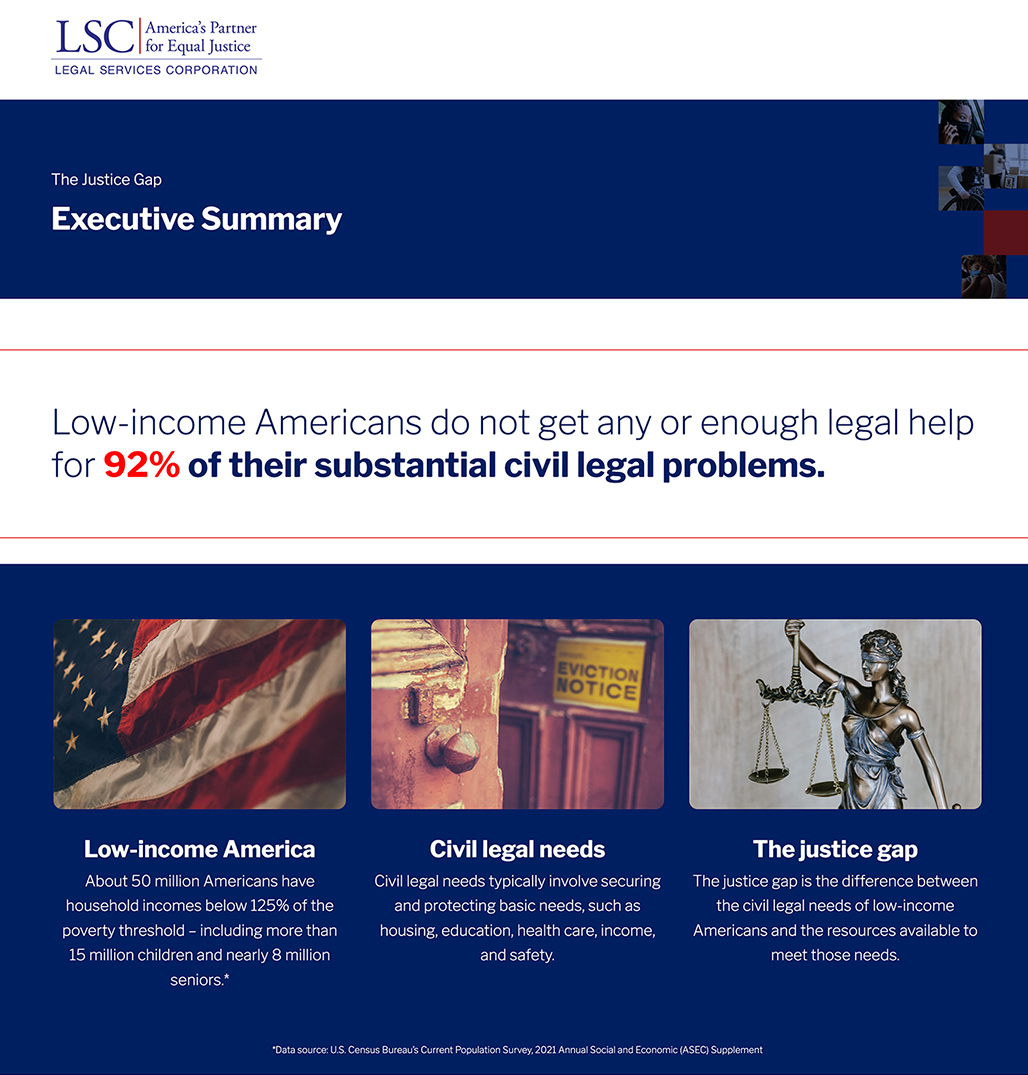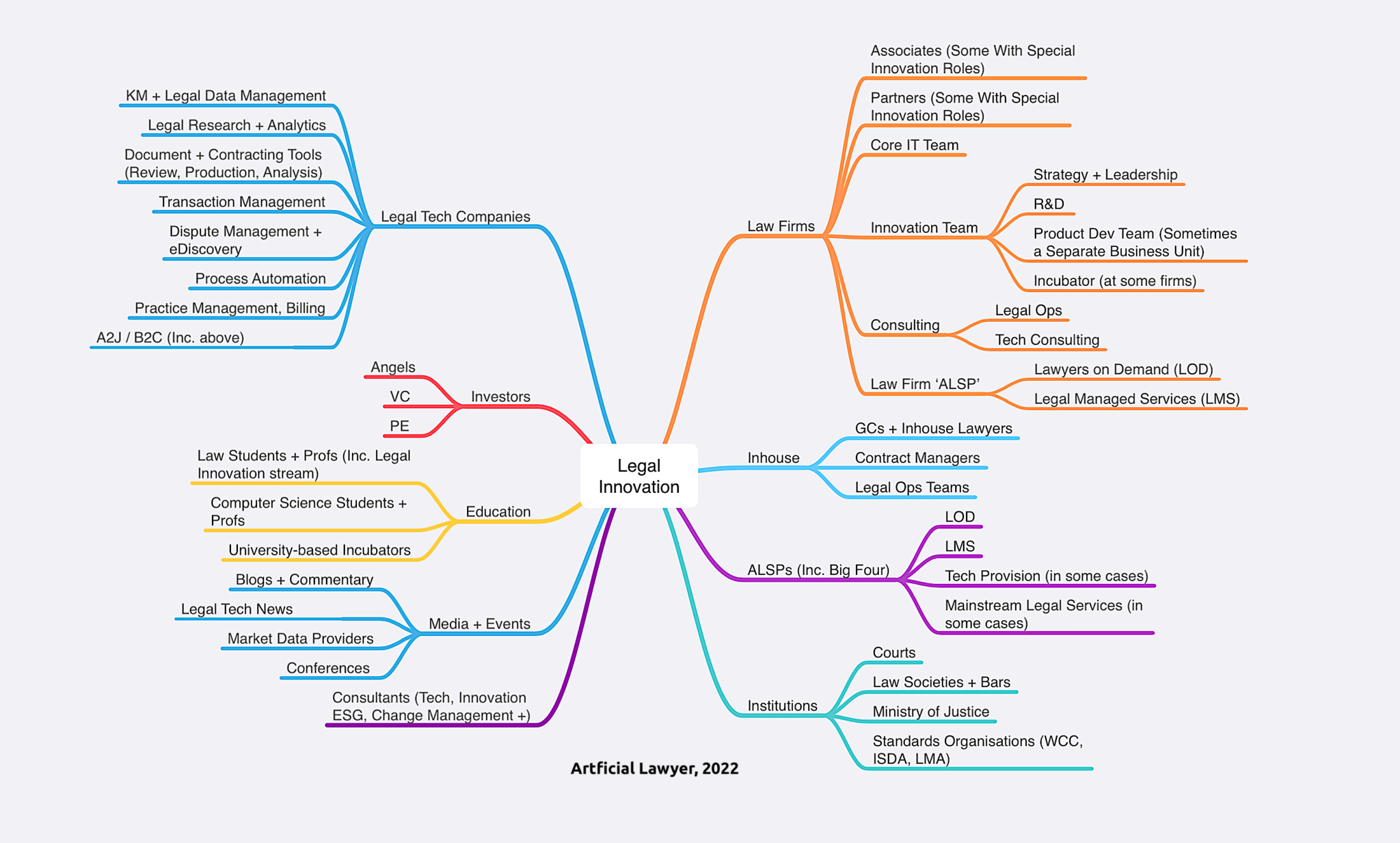A Guide to Solar Jobs for the Previously Incarcerated — from ecowatch.com by Kristina Zagame; with thanks to Elisa Andrew for this resource
Elisa writes:
As you know, employment and education are two of the biggest barriers to successful re-entry for formerly incarcerated people. At the same time, clean energy employers consistently cite a lack of skilled, qualified workers as their primary barrier to market expansion. There’s a huge opportunity for solar to pave a pathway to stable employment for those looking to re-enter the workforce.
That’s why our EcoWatch team created a comprehensive guide on how those who were previously incarcerated can get training in the industry through existing solar programs and apprenticeships:
A Guide to Solar Jobs for the Previously Incarcerated
https://www.ecowatch.com/
Excerpt:
Formerly incarcerated people continue to face huge obstacles in finding stable employment. According to a recent report, roughly 60% of people released from federal prison are jobless. Research also suggests that those who did find jobs were given no job security or upward mobility.
Mass incarceration is a crisis in this country much like climate change. While many seem aware of it, not enough action has been taken to rectify the situation. Meanwhile, controversy, stigma and misinformation surrounding the issues spread as fast as West Coast wildfires.
But what if climate action could become the key to helping those formerly incarcerated re-enter the workforce?














